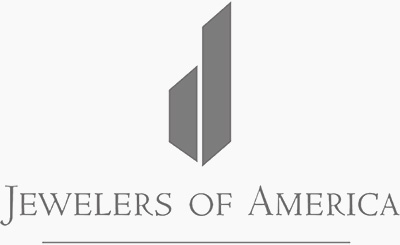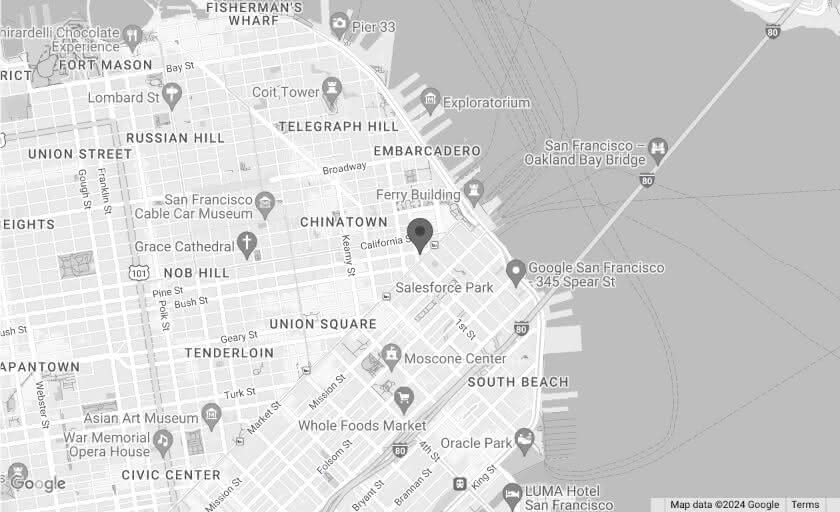I get asked a lot about the diamond industry, more specifically, my thoughts on it as a whole. It’s becoming evident that there is a lot of misinformation about the ethics surrounding industry, and its regulations. As someone who worked over 20 years in the African mining industry and then the wholesale industry after that, as a Father, and as a fellow human, I’m here to tell you that as with any industry, this one does have its flaws. But if I believed the industry was detrimental to our society, I would have left it a long time ago.
My experience has allowed me the freedom to know which companies source diamonds ethically, and which to avoid. Below I’ve laid out my take on the “Two Truths and a Lie” about the Diamond Industry. Let me know your thoughts and questions in the comments, and let’s continue the conversation.
Truth #1: The Diamond Industry is in fact regulated
Since the introduction of the Kimberley Process (KP) certification scheme and the World Diamond Council (WDC) System of Warranties, more than 99.8% of the world’s diamonds are certified conflict-free, with the support of 81 countries.
Today the industry is mostly self-regulated, and various countries have additional layers of government regulation in place. The UK’s Government Diamond Office, for example, works closely with HM Revenue & Customs, the European Commission and civil groups to combat illicit diamonds.
Additionally, there are voluntary and self-regulation systems that are effective in maintaining the diamond pipeline. Like most jewelers, we want to ensure our customers have the confidence to know that our source of supply is conflict-free. Additionally, many jewelers subscribe to the Responsible Jewellery Council, De Beers’ Best Practice Principles, and the Signet Responsible Sourcing Protocol.
Truth #2: The Diamond Industry is not owned by DeBeers
The good news is no one company has controlled the market for decades. This myth dates back to the 1980’s when De Beers did indeed control over 90% of the supply chain and was almost wholly responsible for marketing diamonds, having developed its famous “A Diamond Is Forever” slogan in the 1940s. This also led to the perception that De Beers “invented” the diamond engagement ring, when in fact the first was recorded as early as 1477 by Archduke Maximillian of Austria, who commissioned the very first diamond engagement ring on record for his betrothed, Mary of Burgundy.
By the 1990s, the market for new mining companies opened, breaking the hold that De Beers and Alrosa had on the industry and ushering in a new wave of diamond discoveries in Angola and Canada, according to Pouroulis.
Today De Beers company share of the diamond market is closer to 35%, while five other companies divide the remaining 65% of diamond share.
The Lie: Diamond mining individuals and communities are mistreated and at-risk
To first understand why this myth is so false, it’s important to understand how the mining process works and how much diamond mines actually help strengthen a community. The isolated nature of diamond mines means the workforce lives close by and develops a sense of community, which the diamond industry supports by investing in hospitals, schools, training and bursary programs.
For example, 33% of Botswana’s GDP comes from diamond mining, and an estimated five million people globally have access to health care thanks to diamond revenues, (diamondfacts.org).
Today’s mining is not done by hand but is quite automated with miners moving millions of tons of rocks per year. It’s possible for Miners operating large earth loaders in open pits or underground, to never even see a diamond.
An outlet called Only Natural Diamonds, shared a fascinating real life story of two female geologists in Siberia and their journey to finding diamond deposits, as well as the environmental protection that took place following.
“The Living Diamonds of Yakutia is testament to the fact that for the world’s major diamond producers, planning to open a mine is about much more than just extracting diamonds, it’s about sustainable development and environmental stewardship.
This has led to more than 643,000 acres of wilderness around the globe that is protected by seven natural diamond companies: ALROSA, Petra Diamond, De Beers Group, RZM Murowa, Arctic Canadian Diamond Company, Rio Tinto and Lucara Diamond.
Before a proposal to open a diamond mine is even put forward, rigorous research and planning is undertaken; every step of the way is subject to strict requirements from local authorities and communities.”
It may go against what many are made to believe, but most mining companies do have a heart, are regulated and are helping the planet and creating thriving communities.
You can learn more about the diamond mining industry by checking out our previous blog post here. To book a stress free appointment and learn about our unique three step design process, click here.
Merci!
Set
Founder, La Bijouterie





